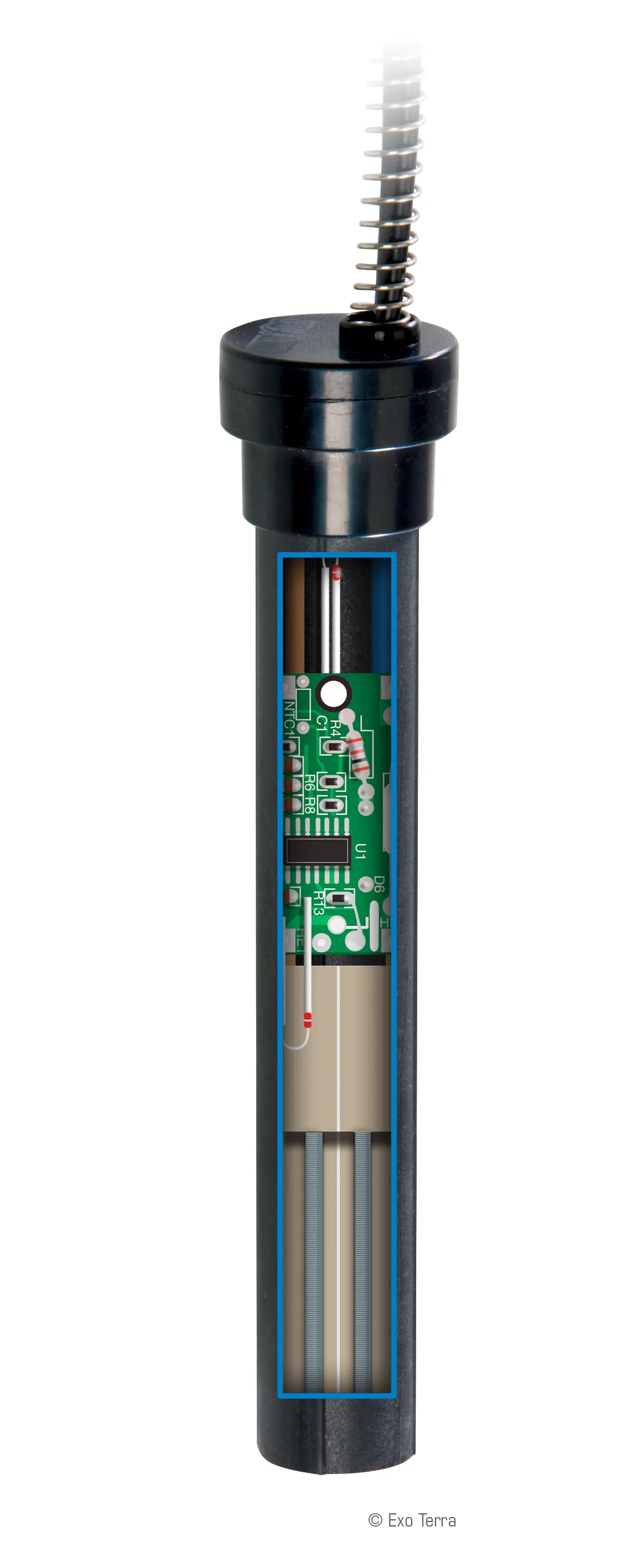Understanding the Importance of a Tarantula Heater
Bringing a tarantula into your home is an exciting experience, but it comes with the responsibility of providing the right environment for them to thrive. One of the most crucial elements for a healthy tarantula is maintaining the correct temperature. This is where a tarantula heater becomes an indispensable tool. Unlike humans, tarantulas are cold-blooded creatures, which means they cannot regulate their body temperature internally. They rely entirely on their surroundings to stay warm. Without proper heating, tarantulas can experience a range of health problems, including slowed metabolism, loss of appetite, and even death. This comprehensive guide will walk you through everything you need to know about using a tarantula heater effectively, ensuring your pet enjoys a long and healthy life. Let’s start with why heating is so important for your eight-legged friend.
Why Do Tarantulas Need Heat
Tarantulas, native to warmer climates, need a warm environment to function properly. The ideal temperature range for most tarantula species is between 75°F and 85°F (24°C and 29°C). This range supports their metabolic processes, allowing them to digest food, molt successfully, and maintain activity levels. In cooler temperatures, a tarantula’s metabolism slows down, leading to several issues. They might become lethargic, refuse to eat, and become more susceptible to diseases. Proper heating is not just about comfort; it’s about survival. It allows the tarantula to move, eat, and live as they would in their natural habitats. Consider the region your tarantula is native to; matching those temperature parameters will ensure the best chance of success for your pet.
The Role of Temperature in Tarantula Health
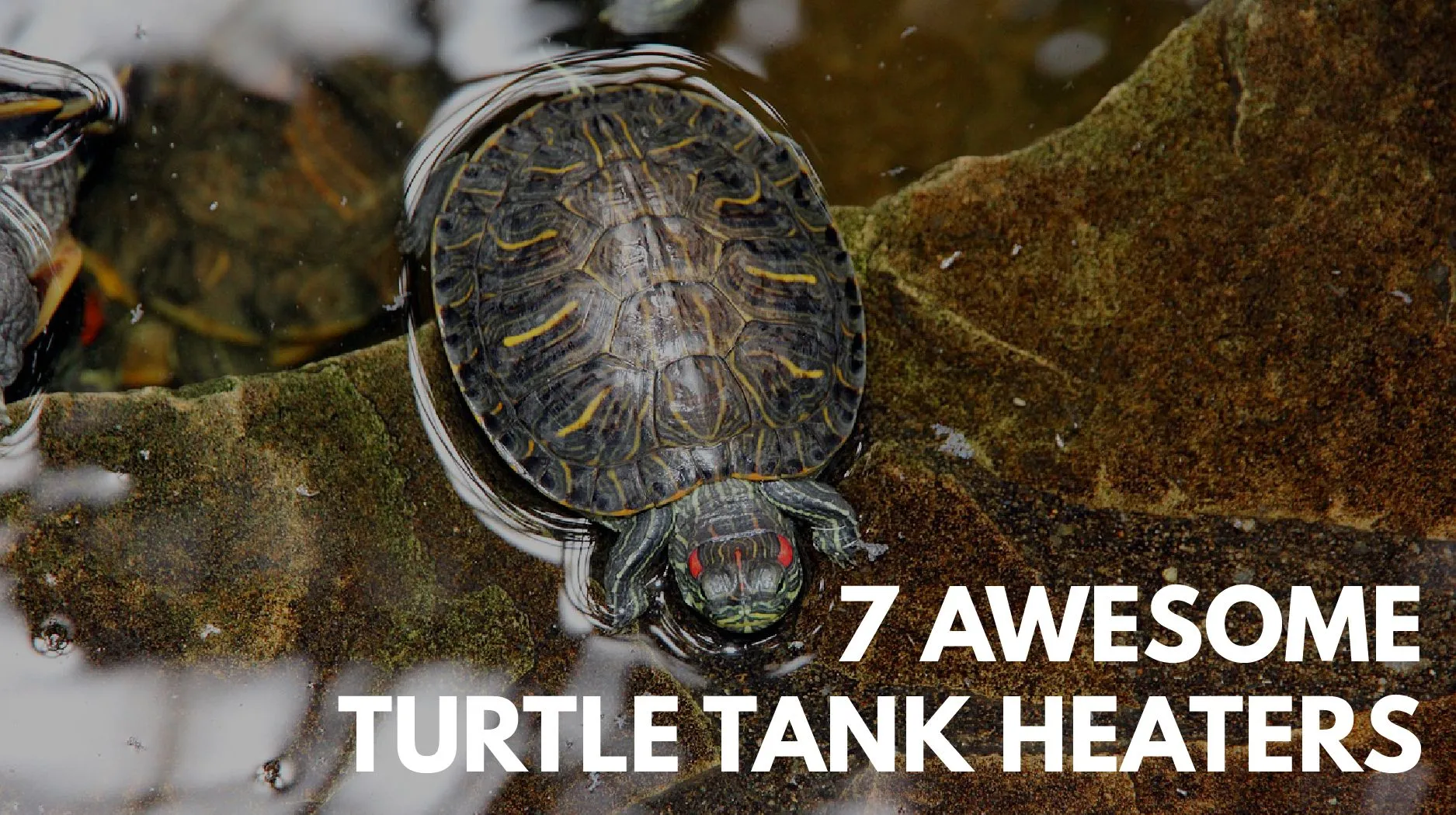
Temperature plays a vital role in every aspect of a tarantula’s health. It affects their appetite, their ability to molt, and their overall activity levels. When the temperature is too low, tarantulas may stop eating, leading to malnutrition and weakened immune systems. Molting, a crucial process for tarantula growth, also becomes difficult in cold conditions. The exoskeleton hardens before the new one is fully formed, potentially leading to a failed molt and death. Conversely, temperatures that are too high can be equally dangerous, causing dehydration and heat stress. The right temperature is therefore essential for maintaining a healthy tarantula, ensuring it can live a long and active life. Observe your tarantula’s behavior; if it is sluggish or not eating, temperature might be the problem.
Choosing the Right Tarantula Heater
Selecting the right type of tarantula heater is a critical decision. Several options are available, each with its own advantages and disadvantages. The best choice depends on factors like your enclosure size, your home’s ambient temperature, and your personal preferences. Safety is paramount; always prioritize heaters designed specifically for reptile or invertebrate use. These heaters are built with features like protective casings and low wattage to minimize the risk of burns. Researching the heater type that best suits your species is very important, as some tarantulas are more sensitive to certain types of heat than others. Take your time, do your research, and make an informed decision that prioritizes your tarantula’s wellbeing.
Types of Tarantula Heaters Available
The most common types of tarantula heaters include heat mats, heat lamps, and ceramic heat emitters. Each has distinct features that make them suitable for different setups. Understanding the pros and cons of each type is essential to make an informed decision. Consider the size of your enclosure and the specific needs of your tarantula species when choosing a heater type. It’s also important to consider the location of the heater relative to your tarantula’s hiding place; this will help you to avoid overheating and to create a heat gradient within the enclosure.
Heat Mats
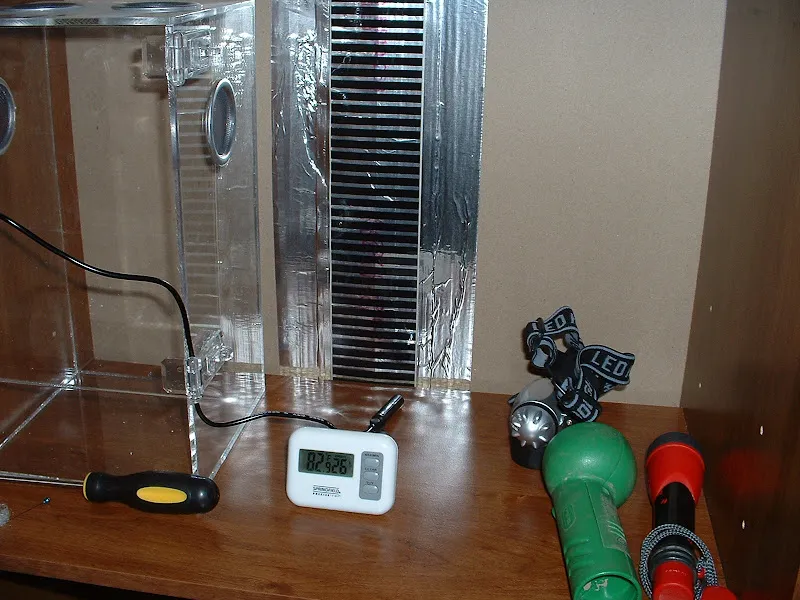
Heat mats, or under-tank heaters (UTHs), are a popular choice for tarantula enclosures. They are flat, adhesive heating pads that attach to the underside or side of the enclosure. They provide gentle, consistent heat and are ideal for maintaining a stable temperature. Heat mats are easy to install and safe to use, as long as they are used with a thermostat to regulate the temperature. They are particularly useful for smaller enclosures, where they can provide a consistent heat source without taking up much space. However, it’s important to make sure the heat mat covers only a portion of the enclosure to allow for a thermal gradient. The tarantula must be able to move to cooler areas if it wants to.
Heat Lamps
Heat lamps, usually with infrared bulbs, are another option for heating tarantula enclosures. They emit both heat and light, which can be beneficial for observing your tarantula. However, it’s important to use them with caution. Heat lamps can create hot spots and can dry out the enclosure if not used carefully. They are more suited for larger enclosures where the heat can be distributed more evenly. Always ensure the lamp is positioned to avoid direct contact with the tarantula and use a thermostat to regulate the temperature. For beginner tarantula keepers, heat lamps may not be the best choice, given the risk of overheating and the need for careful monitoring.
Ceramic Heat Emitters
Ceramic heat emitters (CHEs) are a good option for providing heat without light. They are designed to emit infrared heat, similar to the sun, which is ideal for tarantulas. CHEs screw into a standard lamp fixture and can be positioned above the enclosure. They are durable and long-lasting, but they also require a thermostat to prevent overheating. They are a good choice for larger enclosures or for species that prefer a higher temperature. Always use a protective cage around the CHE to prevent burns if the tarantula gets too close to it. They can be an effective and safe choice if used with the proper safety precautions.
Selecting the Correct Wattage

Choosing the correct wattage for your tarantula heater is vital for maintaining the right temperature. A heater that is too powerful can easily overheat the enclosure, while one that is too weak will not provide adequate warmth. The wattage you need depends on the size of your enclosure and the ambient temperature of your home. A general rule of thumb is to start with a lower wattage heater and gradually increase it until you achieve the desired temperature. Always monitor the temperature closely using a digital thermometer, and adjust the wattage or the heater’s position as needed. If you are unsure, it’s always safer to err on the side of a lower wattage and supplement with other heating methods if necessary.
Setting Up Your Tarantula Heater
Once you have chosen the right heater, the next step is to set it up correctly. Proper setup ensures that the heater works efficiently and safely. Consider the placement of the heater, the use of a thermostat, and the need for temperature monitoring. A well-set-up heater will provide a stable thermal environment, which is essential for your tarantula’s wellbeing. This section will cover the key steps to successfully installing your heater, giving your tarantula the perfect conditions for living its best life. Paying attention to these details will protect both your pet and your peace of mind.
Proper Placement of the Heater
The placement of the heater is crucial for creating a safe and effective heating system. For heat mats, place them on the underside or side of the enclosure, covering only about one-third to one-half of the floor. This allows the tarantula to choose a warmer or cooler area, creating a thermal gradient. For heat lamps and CHEs, position them above the enclosure, making sure there is enough distance to avoid direct contact and potential burns. Never place a heater inside the enclosure, as this can cause serious harm to your tarantula. Always follow the manufacturer’s instructions, and monitor the temperature in different areas of the enclosure to ensure even heating. The key is to provide a consistent heat source without creating dangerous hotspots.
Maintaining Optimal Temperature Levels
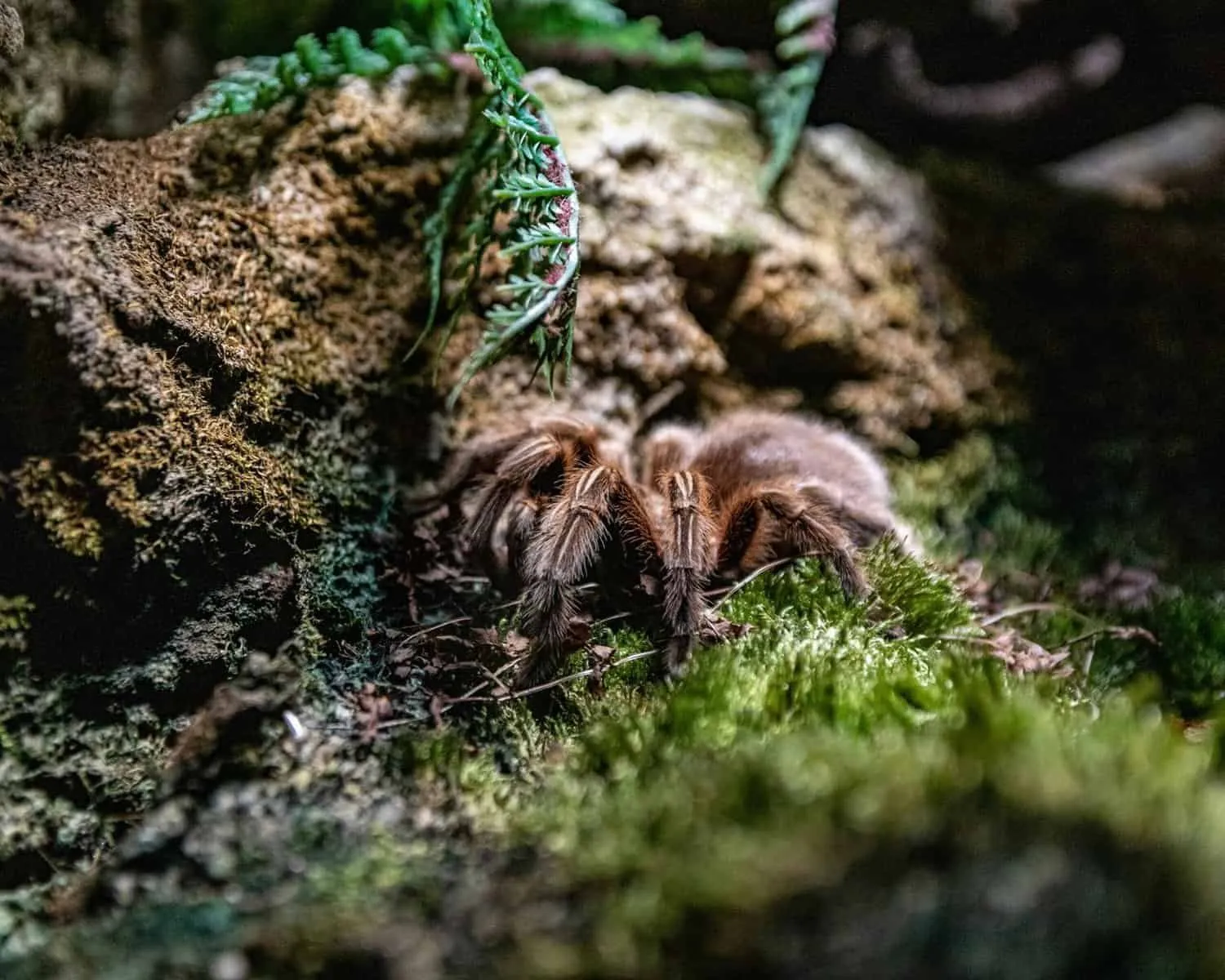
Maintaining the correct temperature range is essential for the health and wellbeing of your tarantula. Use a digital thermometer to monitor the temperature regularly, placing the probe at the level where your tarantula spends most of its time. Adjust the heater’s settings or position as needed to maintain the ideal temperature. Remember that the best temperature range is usually between 75°F and 85°F (24°C and 29°C). Be patient; it may take some trial and error to find the perfect setup for your specific enclosure and species. Once you find the perfect spot, your tarantula will thank you by being active and happy.
Using a Thermostat
A thermostat is an essential tool for regulating the temperature of your tarantula’s enclosure. It works by monitoring the temperature and automatically adjusting the heater’s output to maintain a consistent temperature. A thermostat prevents overheating, which can be fatal for tarantulas. There are two main types of thermostats: on/off thermostats, which turn the heater on and off, and proportional thermostats, which adjust the power output of the heater. Proportional thermostats offer more precise temperature control and are generally preferred. Always use a thermostat with any type of tarantula heater to ensure your pet’s safety.
Monitoring the Temperature
Regularly monitoring the temperature inside your tarantula’s enclosure is crucial. This allows you to detect any fluctuations or problems with your heating system. Use a reliable digital thermometer to measure the temperature at different points within the enclosure, including the warm and cool sides. Check the temperature at least once a day and record your findings. If the temperature is outside the ideal range, adjust the thermostat, heater placement, or wattage accordingly. Consistent monitoring ensures that your tarantula always has the right environmental conditions, promoting its health and wellbeing.
Troubleshooting Common Issues
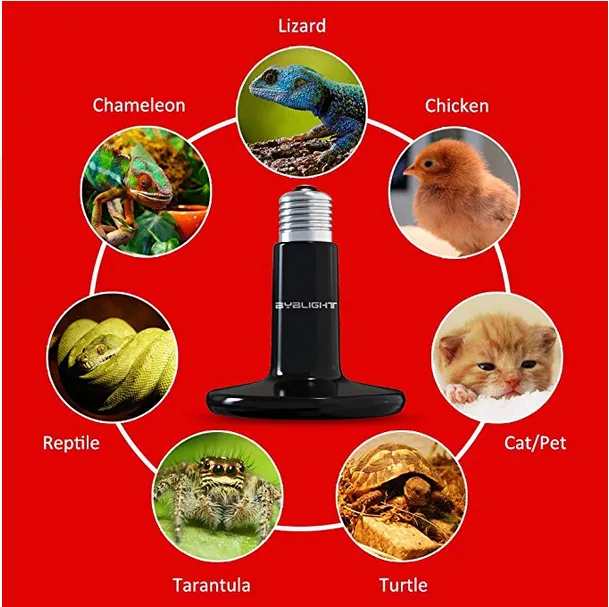
Even with the best setup, you may encounter issues with your tarantula heater. Knowing how to troubleshoot common problems can save you time and worry. From heaters not working to temperature fluctuations, these issues can compromise your tarantula’s health if not addressed promptly. This section will guide you through the most frequent problems and provide solutions, allowing you to quickly restore a safe and comfortable environment for your pet. Being able to identify and fix problems is an essential part of responsible tarantula ownership.
Heater Not Working
If your tarantula heater stops working, the first step is to check the power supply. Make sure the heater is plugged in and that the outlet is functioning. If the outlet is working, check the heater’s settings and make sure it is turned on. If the heater still does not work, it may be faulty and need to be replaced. Before replacing it, check any fuses in the plug or the heater itself. If you have a thermostat, check to ensure that it is working and correctly connected to the heater. A faulty thermostat can also prevent the heater from turning on.
Temperature Fluctuations
Temperature fluctuations can be caused by a number of factors, including changes in the ambient temperature, faulty thermostats, or improper heater settings. If you notice that the temperature in your tarantula’s enclosure is fluctuating, first check the thermostat to make sure it is set correctly and functioning properly. Then, check the heater’s wattage and placement. In some cases, you may need to adjust the heater’s position or use a different wattage. Another cause can be drafts, so ensure that the enclosure is not placed in a drafty area. Consistent monitoring of temperature and prompt adjustments are crucial for preventing fluctuations.
Overheating Concerns
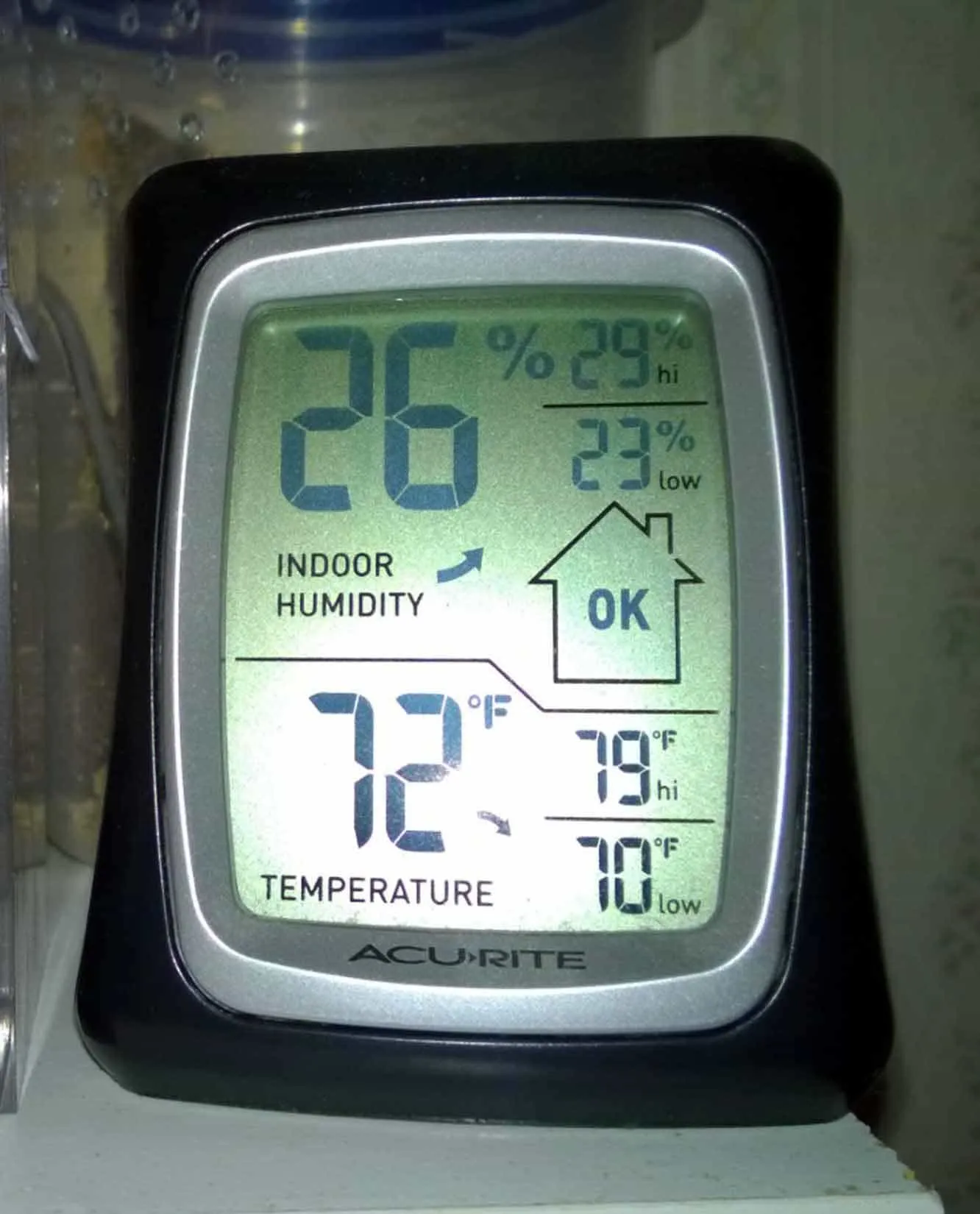
Overheating can be extremely dangerous for tarantulas. If you suspect that your enclosure is overheating, immediately turn off the heater and allow the enclosure to cool down. Check the thermostat setting and the heater’s wattage. Ensure that the heater is not in direct contact with the tarantula or any of the enclosure’s decorations. Provide ventilation to help dissipate heat. Symptoms of overheating include lethargy, loss of appetite, and dehydration. If you notice any of these signs, take immediate action to lower the temperature. In severe cases, it may be necessary to move the tarantula to a cooler location temporarily.
Ensuring Safety and Avoiding Burns
Safety is paramount when using a tarantula heater. Burns can occur if the tarantula comes into direct contact with a heat source or if the enclosure is overheated. Careful attention to the setup and maintenance of your heating system can minimize the risk of burns. Always use heaters specifically designed for reptile or invertebrate use, and follow the manufacturer’s instructions. Regularly inspect your equipment for damage. By taking a proactive approach to safety, you can protect your tarantula and ensure a stress-free environment.
Regular Maintenance and Inspection
Regular maintenance and inspection of your heating equipment are essential for ensuring its safe and efficient operation. Inspect the heater and its cords for any signs of damage, such as cracks, frays, or exposed wires. Clean the heater regularly to remove dust or debris that could affect its performance. Check the thermostat to ensure that it is calibrated correctly and functioning properly. If you notice any problems, address them promptly. Consistent maintenance will prevent the heater from failing and protect your tarantula from injury.
The Importance of Ventilation
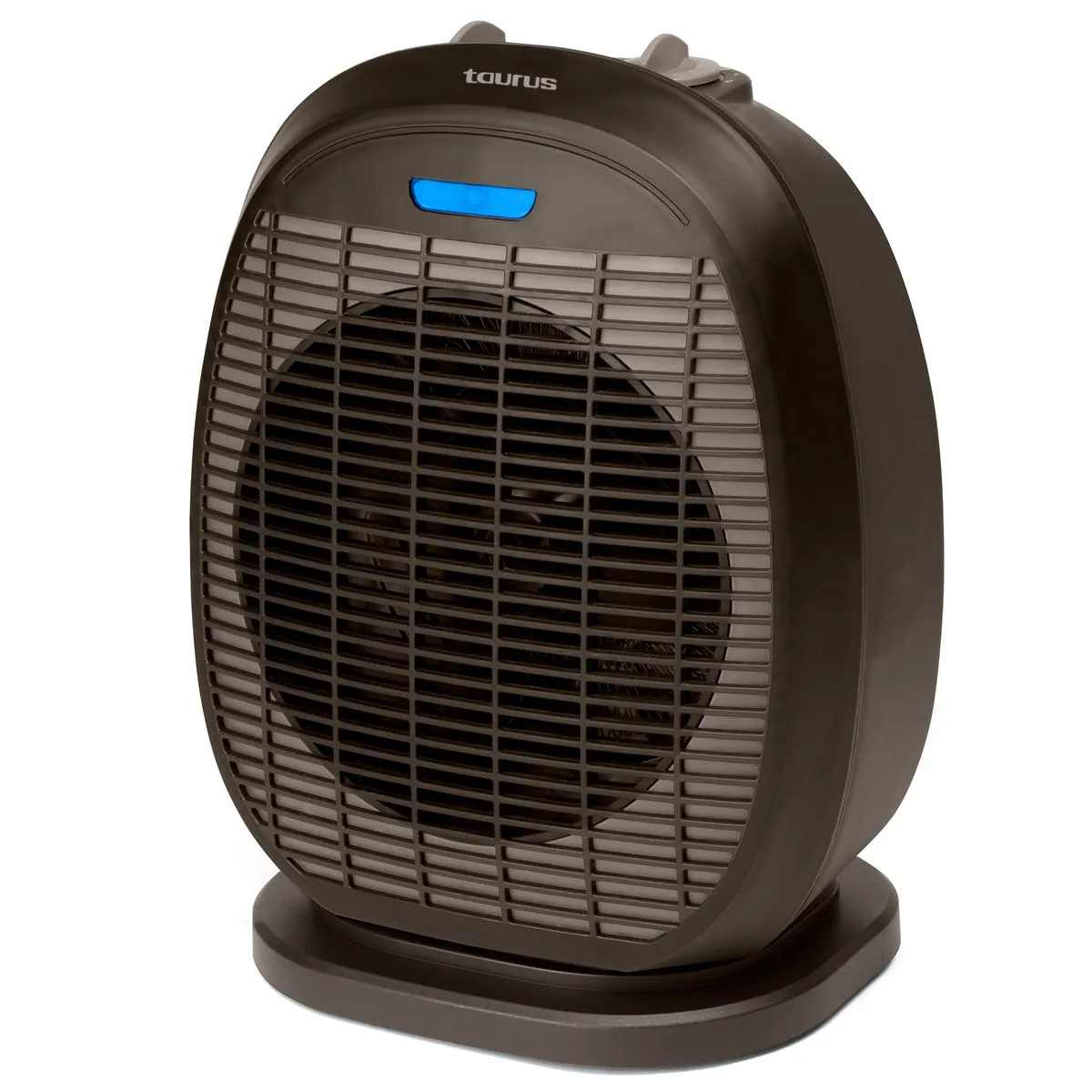
Proper ventilation is crucial for maintaining a healthy environment for your tarantula. It helps to regulate humidity, prevent the buildup of harmful gases, and prevent the enclosure from overheating. Ensure that your enclosure has adequate ventilation, such as mesh tops or strategically placed air vents. Avoid blocking the ventilation openings, and regularly check for condensation. Combine ventilation with a proper heating system to create the best possible habitat for your pet. Proper ventilation also helps to control mold and bacteria, ensuring a cleaner and healthier environment for your tarantula.
Conclusion
Maintaining the right temperature is one of the most critical aspects of tarantula care. By following this guide, you now have the knowledge to choose, set up, and maintain a tarantula heater correctly. Remember that consistency and attention to detail are key to providing a comfortable and healthy environment for your pet. Always prioritize safety, and monitor the temperature regularly. With proper care and a little effort, you can ensure that your tarantula thrives. Enjoy the rewarding experience of owning a happy and healthy tarantula, and cherish the unique beauty of this fascinating creature.
